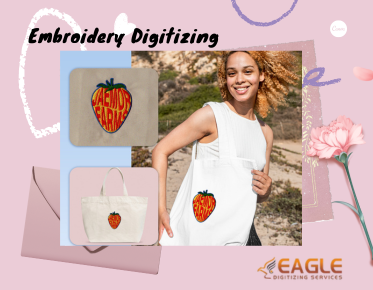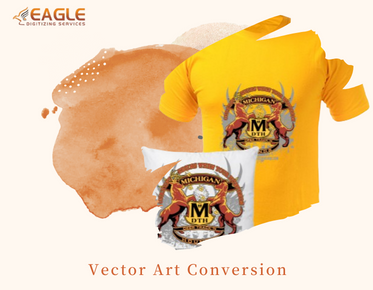Transferring Designs onto Fabric for Embroidery
Embroidery is a timeless craft that combines artistry with skill, allowing individuals to create intricate designs on fabric. One of the first steps in this process is transferring a design onto the fabric, which can be done using various methods. Each method has its own advantages and is suitable for different types of projects. In this article, we will explore several popular techniques for transferring embroidery designs onto fabric.
Tracing Method
The tracing method is one of the simplest ways to transfer a design onto fabric. It involves placing the fabric over a printed design and using a light source to trace the design onto the fabric. This method is ideal for light-colored fabrics and works best with simple designs. To achieve the best results, use a fabric pen or pencil that can be easily washed out after the embroidery is complete.
Carbon Paper Transfer
Carbon paper transfer is another effective method, especially for more complex designs. This technique involves placing a sheet of carbon paper between the fabric and the printed design. By tracing over the design with a stylus or pen, the carbon paper transfers the design onto the fabric. This method is suitable for both light and dark fabrics, but care must be taken to ensure the carbon marks can be removed after embroidery.
Iron-On Transfer
Iron-on transfers are a popular choice for transferring designs onto fabric. This method involves printing the design onto special transfer paper, which is then ironed onto the fabric. The heat from the iron transfers the design onto the fabric, creating a clear and precise outline. This method is particularly useful for intricate designs and is compatible with most types of fabric.
Water-Soluble Stabilizer
For those working with delicate fabrics, a water-soluble stabilizer can be an excellent choice. This method involves printing the design onto a stabilizer, which is then adhered to the fabric. Once the embroidery is complete, the stabilizer can be washed away, leaving only the embroidered design. This technique is ideal for fabrics that cannot withstand the heat of an iron or the pressure of tracing.
Using Embroidery Digitizing Services
For those who prefer a more professional approach, utilizing embroidery digitizing services can be a game-changer. Companies like Eagle Digitizing offer services that convert artwork into digital embroidery files, which can be read by embroidery machines. This method ensures precision and consistency, making it ideal for complex designs or large-scale projects. Eagle Digitizing is known for its quick turnaround time and high-quality results, making it a preferred choice for many embroiderers.
Choosing the Right Method
When selecting a method for transferring designs onto fabric, consider the complexity of the design, the type of fabric, and the tools available. For instance, iron-on transfers are great for intricate designs, while tracing is suitable for simpler patterns. Additionally, professional digitizing services can provide a level of precision that is difficult to achieve manually.
Future Trends in Embroidery Design Transfer
As technology continues to evolve, new methods for transferring designs onto fabric are likely to emerge. Innovations in embroidery digitizing software and materials will offer even more options for artists and hobbyists alike. Staying informed about these advancements can help you choose the best method for your projects and ensure that your embroidery work remains at the cutting edge of the craft.
Whether you are a seasoned embroiderer or a beginner, understanding the various methods for transferring designs onto fabric is essential. By selecting the right technique, you can ensure that your embroidery projects are both beautiful and durable, showcasing your creativity and skill.



